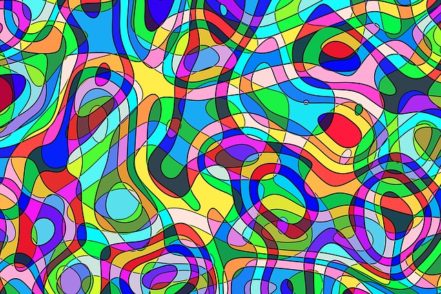
Morphic resonance
In 1973 Dr Rupert Sheldrake (1942-) began investigating how plants and animals receive the information on how they are supposed to grow and behave. One of science’s pioneering thinkers, he developed his idea of ‘morphic resonance‘ and published his initial study of this discovery in 1981. He proposed that there is an invisible field which connects members of a self-organising group, which may be global, and stores memories which any member can automatically access, explaining innate knowledge, or instincts.
Even small groups, such as a pet dog and its owner, have their own morphic field, enabling the dog to anticipate when the owner is approaching home. A flock of birds swoops around in the sky without collisions because of their morphic field. New rat poison baits are regularly needed as all the rats learn to avoid the current one instinctively. Telepathy is a component of morphic resonance.
Mainstream scientists have tried to stick with the genetics theory of characteristics, but since 2000 they have started to realise that genes have their limitations. Dr Sheldrake’s 2013 TED talk, ‘The Science Delusion’, was banned as ‘pseudoscience’ but has had over five million views on other platforms and he continues to attract audiences interested in unexplored scientific avenues.
(Image: maxpixel.net / Public domain)
